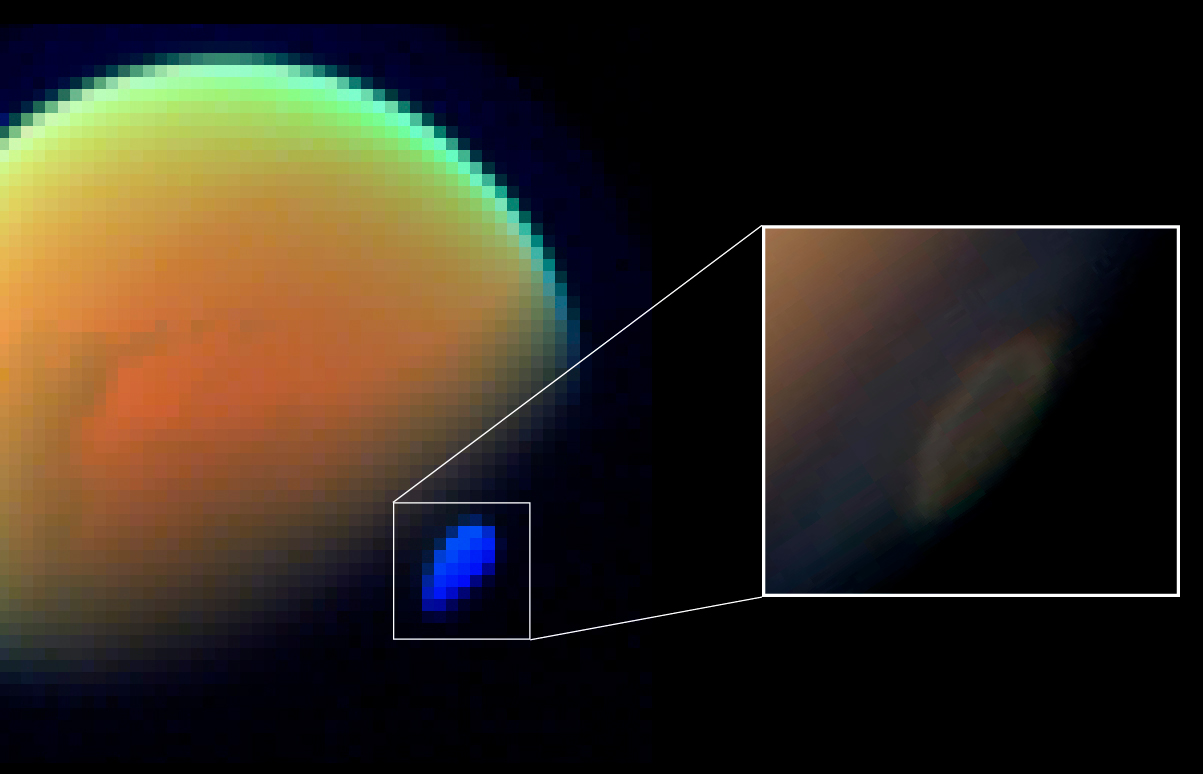Marzipan destiny?
Posted: Sat Dec 18, 2021 7:07 pm
https://en.wikipedia.org/wiki/Manifest_destiny wrote:<<Manifest destiny was a widely held cultural belief in the 19th-century United States that American settlers were destined to expand across North America. Historian Frederick Merk says this concept was born out of "a sense of mission to redeem the Old World by high example … generated by the potentialities of a new earth for building a new heaven". "Manifest destiny" was a contested concept—Democrats endorsed the idea but many prominent Americans (such as Abraham Lincoln, Ulysses S. Grant, and most Whigs) rejected it. Historian Daniel Walker Howe writes, "American imperialism did not represent an American consensus; it provoked bitter dissent within the national polity … Whigs saw America's moral mission as one of democratic example rather than one of conquest." The term was used by Democrats in the 1840s to justify the Mexican–American War and it was also used to negotiate the Oregon boundary dispute. By 1843, former U.S. President John Quincy Adams, originally a major supporter of the concept underlying manifest destiny, had changed his mind and repudiated expansionism because it meant the expansion of slavery in Texas. Some contemporary historians have condemned manifest destiny as an ideology used to justify dispossession and genocide against Native Americans.>>Click to play embedded YouTube video.
https://en.wikipedia.org/wiki/Hydrogen_cyanide wrote: <<The aroma and flavor of marzipan can be attributed to benzaldehyde and hydrogen cyanide [HCN]. Hydrogen cyanide, sometimes called prussic acid, is a chemical compound with the chemical formula HCN. It is a colorless, extremely poisonous, and flammable liquid that boils slightly above room temperature, at 25.6 °C. HCN is obtainable from fruits that have a pit, such as cherries, apricots, apples, and bitter almonds, from which almond oil and flavoring are made. Many of these pits contain small amounts of cyanohydrins such as mandelonitrile and amygdalin, which slowly release hydrogen cyanide. One hundred grams of crushed apple seeds can yield about 70 mg of HCN. Some millipedes release hydrogen cyanide as a defense mechanism, as do certain insects, such as burnet moths and the larvae of Paropsisterna eucalyptus. Hydrogen cyanide is contained in the exhaust of vehicles, and in smoke from burning nitrogen-containing plastics.
HCN has been measured in Titan's atmosphere by four instruments on the Cassini space probe, one instrument on Voyager, and one instrument on Earth. One of these measurements was in situ, where the Cassini spacecraft dipped between 1,000 and 1,100 km above Titan's surface to collect atmospheric gas for mass spectrometry analysis. HCN initially forms in Titan's atmosphere through the reaction of photochemically produced methane and nitrogen radicals.>>
